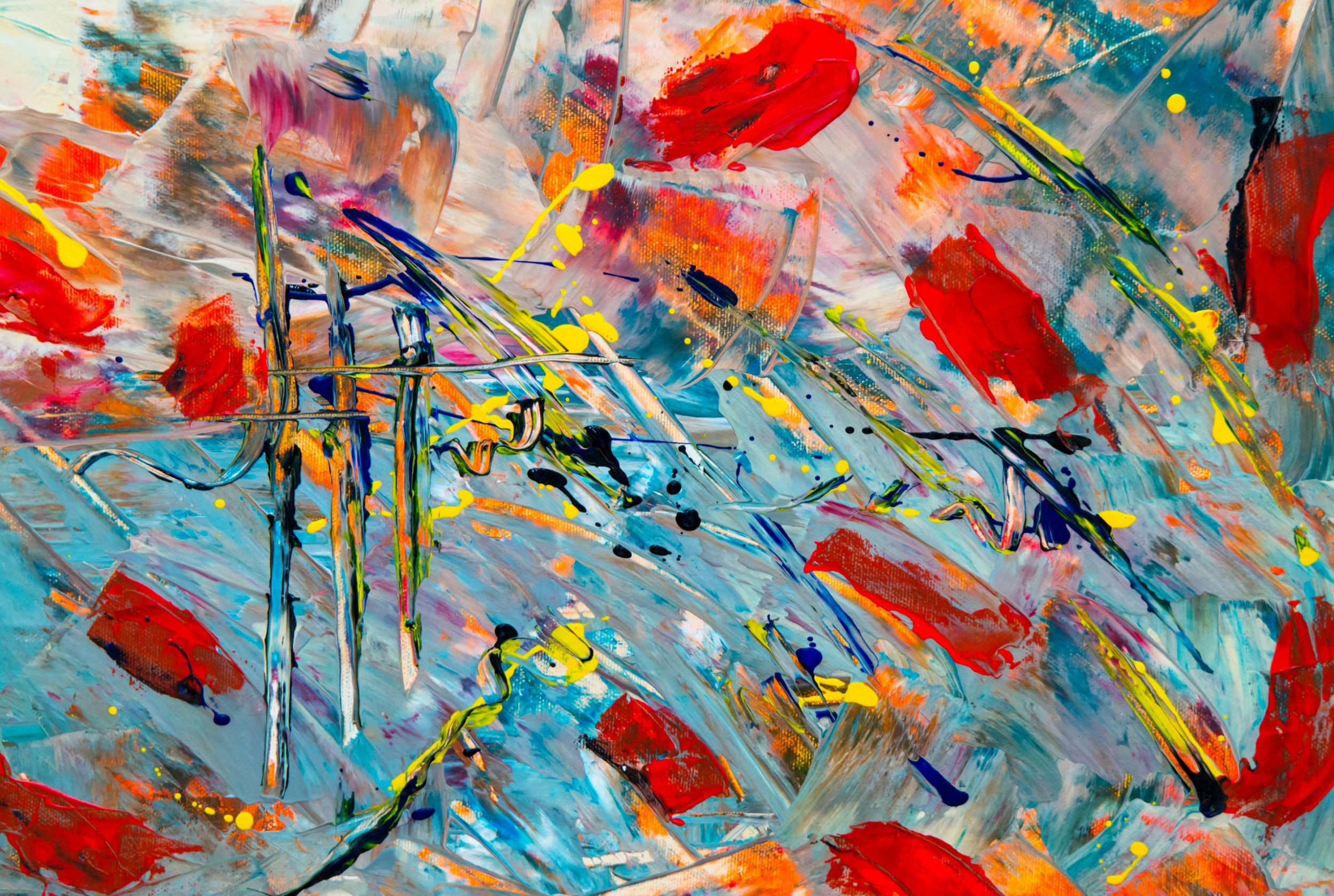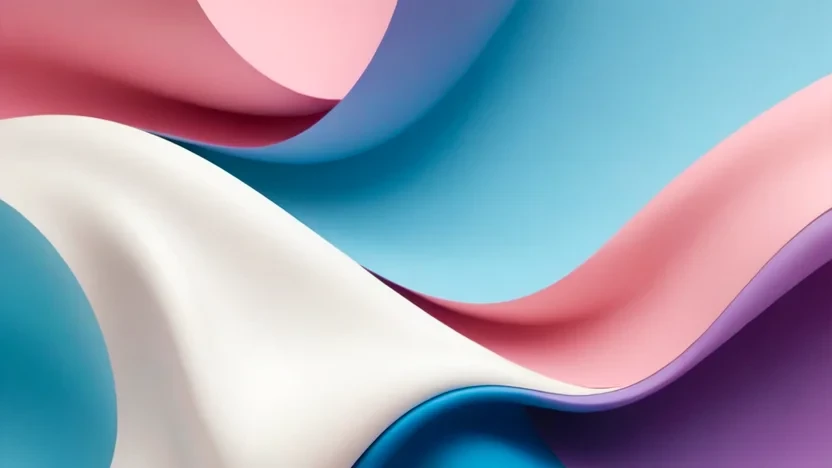Abstract art is a form of creative expression that breaks away from traditional representation. Instead of creating images that accurately depict reality, abstract artists use color, shape, and form to convey emotions and ideas. One of the most important elements in abstract art is color, as it can evoke different emotions and create powerful visual impact. In this article, we will explore the role of color in abstract art creations and how it can influence the viewer’s perception.
The Psychology of Color
Color plays a crucial role in abstract art because it has the power to evoke different emotions and moods. Artists often use color theory to create harmonious compositions that resonate with viewers. For example, warm colors like red, orange, and yellow are known to create feelings of energy and warmth, while cool colors like blue, green, and purple can evoke a sense of calm and serenity. By strategically choosing and combining colors, artists can create dynamic and impactful artworks that resonate on an emotional level.
Creating Depth and Dimension
Color in abstract art can also be used to create depth and dimension. By using a variety of shades and tones, artists can manipulate how viewers perceive space within a composition. Lighter colors can appear to recede into the background, while darker colors can create a sense of foreground. By playing with contrast and saturation, artists can create dynamic and visually engaging artworks that draw the viewer’s eye deeper into the composition.
HTML markup is a programming language that is used to create websites. It is the foundation of every website on the internet, and without it, the web would not exist as we know it today. HTML markup is what allows developers to create web pages that can be viewed on any device, from desktop computers to smartphones and tablets. It is a versatile language that is constantly evolving to meet the needs of modern web design.
Expressing Emotions and Ideas
Color is a powerful tool for abstract artists to express emotions and ideas in their work. By using bold and vibrant colors, artists can convey feelings of excitement, passion, and energy. Conversely, muted and subdued colors can evoke a sense of calm, reflection, and introspection. The choice of color palette can greatly influence how viewers interpret and connect with an artwork, making it a crucial element in the creation process.
Provoking Thought and Discussion
Abstract art is often open to interpretation, allowing viewers to project their own thoughts and emotions onto the artwork. Color can play a significant role in sparking thought and discussion among viewers, as different colors can evoke different memories, associations, and meanings. By using color in unexpected ways or combinations, artists can challenge viewers to think critically about the artwork and engage in deeper reflection about its message and purpose.
Conclusion
Color is a powerful and versatile tool in abstract art creations, capable of evoking emotions, creating depth, expressing ideas, and sparking thought and discussion. As abstract artists continue to push boundaries and experiment with color, the role of color in abstract art will only continue to evolve and captivate viewers around the world. The next time you encounter an abstract artwork, take a moment to appreciate the use of color and consider how it contributes to the overall impact and message of the piece.

